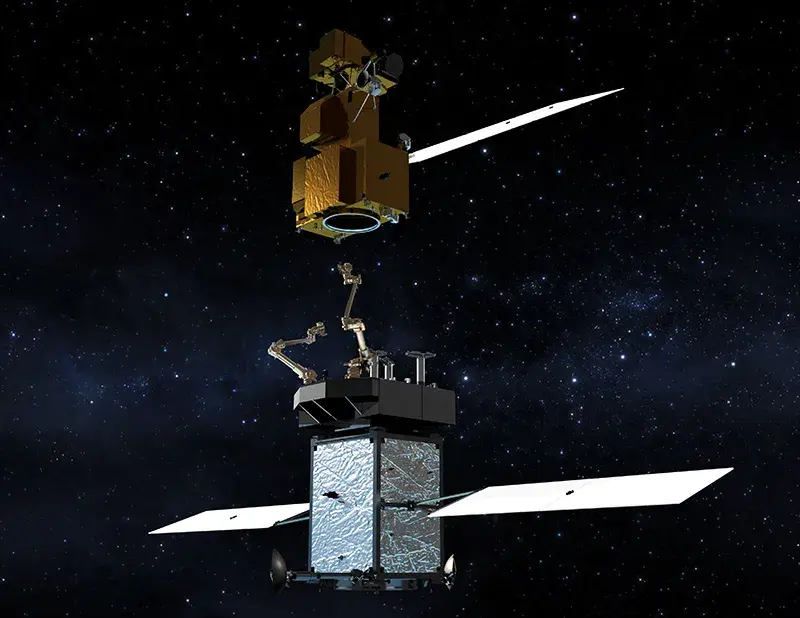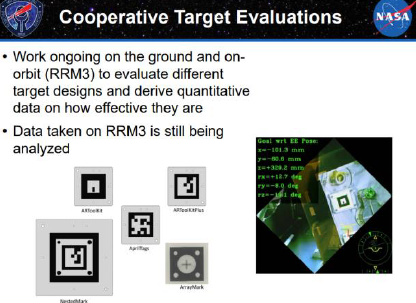Why Space Needs Standardisation for Robotics ?
- rayssiguieesther
- Dec 24, 2024
- 1 min read
Space robotics is rapidly advancing, enabling satellite servicing, and ISAM. However, the lack of standardised systems and protocols hinders scalability, drives up costs, and complicates operations.
Take NASA's Restore-L mission as an example. This project aims to refuel a satellite that wasn't designed for servicing. Without standardised grapple points or docking interfaces, engineers had to develop custom tools and procedures to securely grasp the satellite. This added significant complexity and expense to the mission, as these custom solutions were built for a single-use case. If satellites were universally designed with standardised robotic interfaces, such as refueling ports or grapple fixtures, operations like Restore-L could become routine, cost-effective, and scalable.

What Could Standardisation Achieve?
Lower Costs: Uniform interfaces and protocols make robotic designs reusable and manufacturing more efficient.
Better Interoperability: Robots from different manufacturers could seamlessly collaborate on tasks like satellite repairs and refueling.
Enhanced Safety: Adopting shared fault-detection and error-recovery standards ensures reliable, predictable robotic operations.
The Key Steps Forward
Establishing common grapple points and docking mechanisms for satellites.
Adopting universal fiducial markers for robotic vision.
Expanding the use of frameworks like ROS for Space.




コメント